Running is a powerful cardiovascular workout, but to truly improve performance, prevent injury, and build endurance, runners need more than just miles on the pavement. Strength training is a game-changer—especially when it’s tailored to support running mechanics. The best part? You don’t need a gym, weights, or fancy equipment. This 30-minute, no-equipment strength routine is scientifically grounded, time-efficient, and designed specifically for runners.
Many runners avoid strength training, fearing bulk or extra fatigue. But research consistently shows that bodyweight strength work enhances running economy, increases stride efficiency, and reduces injury risk by correcting muscle imbalances. A 2023 study published in the Journal of Strength and Conditioning Research found that runners who added just two weekly strength sessions improved their 5K times by an average of 3% over 10 weeks.
Strength training improves neuromuscular coordination, builds resilient connective tissues, and strengthens often-neglected stabilizer muscles—key for maintaining form during long runs or sprints.
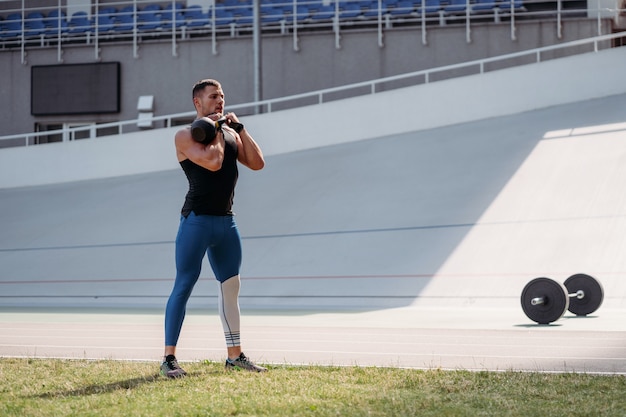
This routine follows a circuit format: 45 seconds of work, 15 seconds of rest, repeated for 8 exercises. Complete 3 rounds with a 60-second rest between each. Total time: 30 minutes. It targets the core, glutes, hamstrings, quads, and upper body—muscles critical for running posture and power.
Repeat the circuit three times. Use a timer or fitness app to stay on track. Focus on form over speed—controlled movements build better strength.
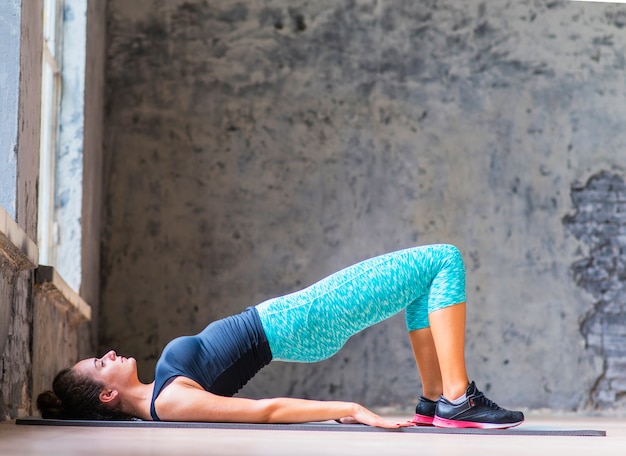
Consistency beats intensity. Aim for 2–3 sessions per week. To stay motivated:
Measure results every 7 days. Use simple metrics:
The key to strength gains is progressive overload—gradually increasing demand on muscles. Even without weights, you can progress by:
This routine is scalable—perfect for beginners and advanced runners alike.
Strength isn’t just about muscle—it’s about resilience, efficiency, and longevity in your running journey. With just 30 minutes, three times a week, you’ll build a stronger, more durable body that runs faster, longer, and with fewer setbacks.
Start today. Stay consistent. Measure progress. Transform your runs.

Fitness

Fitness

Fitness

Fitness

Fitness
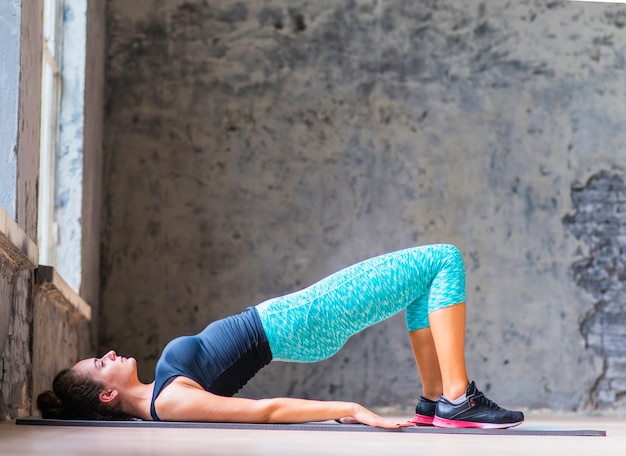
Fitness

Fitness

Fitness

Fitness
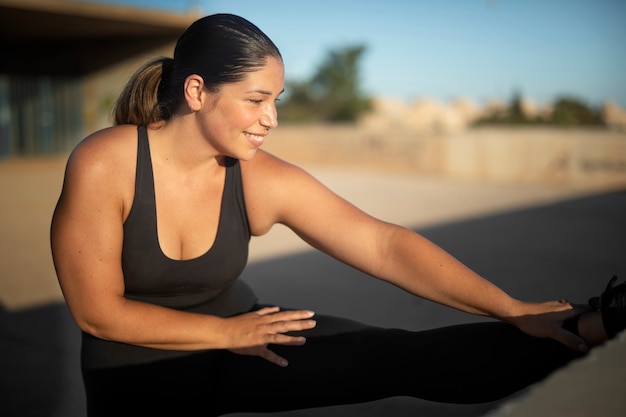
Fitness
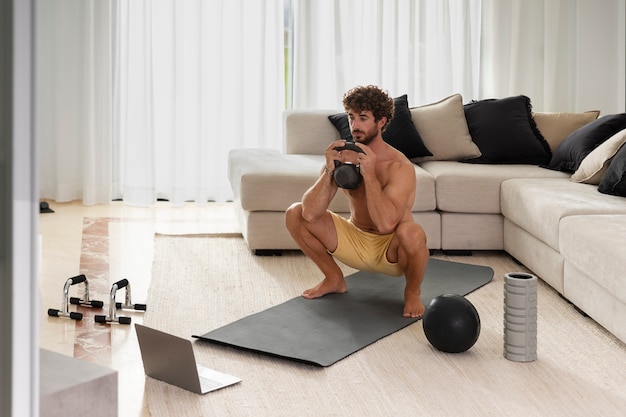
Fitness

Fitness

Health

Fitness

Health

Health